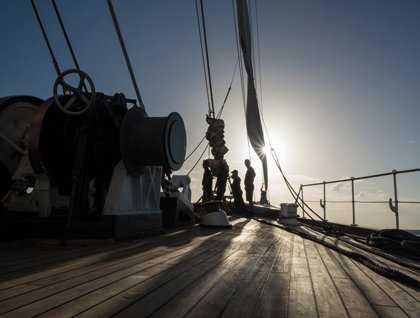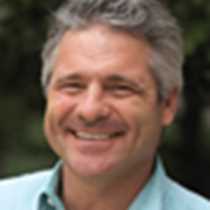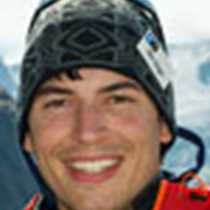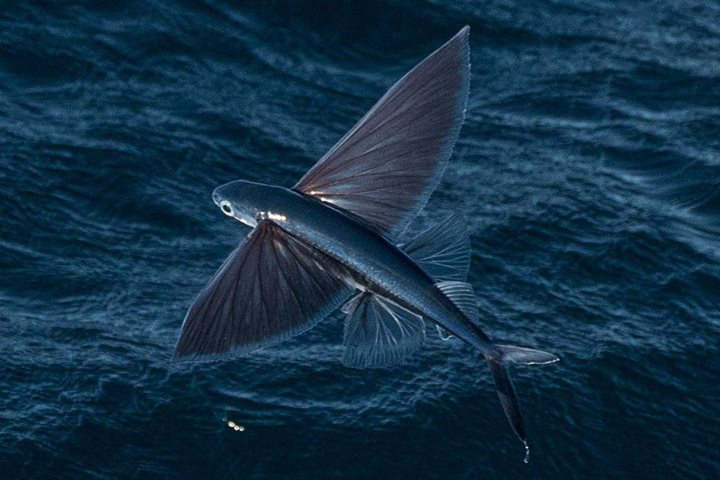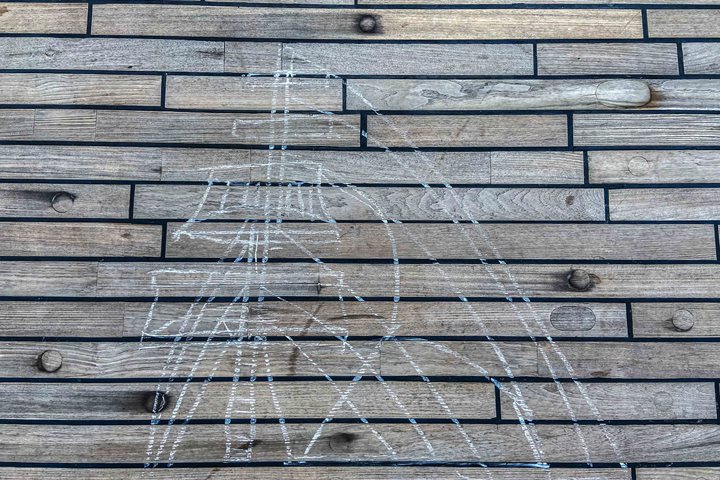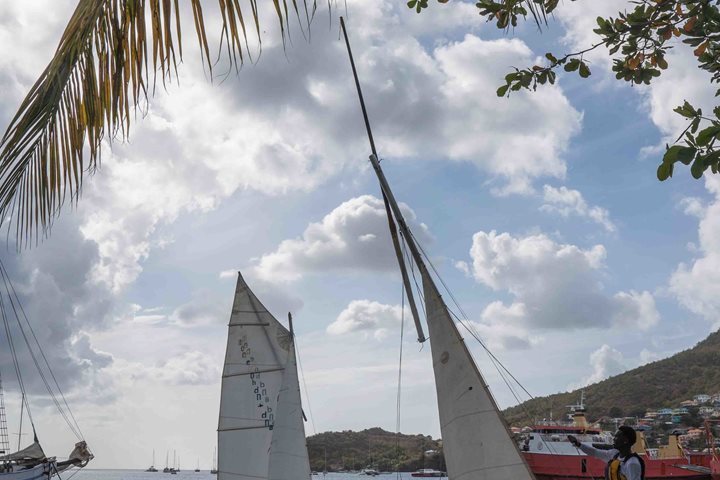Steady wind from the east at 17 knots. Temperature 27 °C or 80°F, with scattered cumulus clouds. Brown boobies diving to try to catch flying fish that coasted atop the waves to either side of the ship. The windward islands of Martinique and St. Lucia vaguely discernible on the horizon 20 miles ahead. It was a textbook Caribbean morning for Sea Cloud’s first day to set sails.
The spanker deck was full of eager and interested onlookers with sail diagrams in hand, as Captain Komakin sent the crew to sail stations at 0900. Expedition leader Tom O’Brien explained the play-by-play action, as the horizontal spars on three of the four masts suddenly began to swing around in near-unison. We were bracing the yards square for a downwind sail to the west, expecting to take the wind from about 30 degrees to our starboard quarter. “Hit the Rig!” came the next command, and the three mast teams scurried aloft and out on the yardarms to prepare the sails for setting. “Sails in Order!” and square sails began to unfurl on each of the masts. Then more, and more, and more, and suddenly we noticed that the engines were off and we were sailing. We all moved forward to the fo’c’sle for the setting of the outer ji and the fore course, and there we were aboard the glorious hand-sailed tall ship Sea Cloud in all her glory, sailing at 6.5 knots as steady and stable as could be. This is what we dreamed of.
Everybody searched and settled into their favorite spots on the decks, and photographic instructor Max Seigal gave some photographic techniques to inspire us for the myriad photos that were to come. During lunch we sailed past the historic HMS Diamond Rock, a 175 meter high basalt volcanic plug that had been taken by the English and commissioned as a ship while it fended off the French for 18 months outside of the primary French port of Martinique. Lindblad Historian Tom Heffernan recounted the stranger-than-fiction tale before continuing with his talk on sugar cane and slavery, which so completely changed global demographics and economics.
And on we sailed, past Martinique and St. Lucia, into the setting sun. It felt like a dream. And when the sailors clewed up the square sails and ran the jibs at the end of the day, we were all there with our cameras in the rich afternoon light to catch the sailors up in the rigging for the final furling of the day. Amen.

